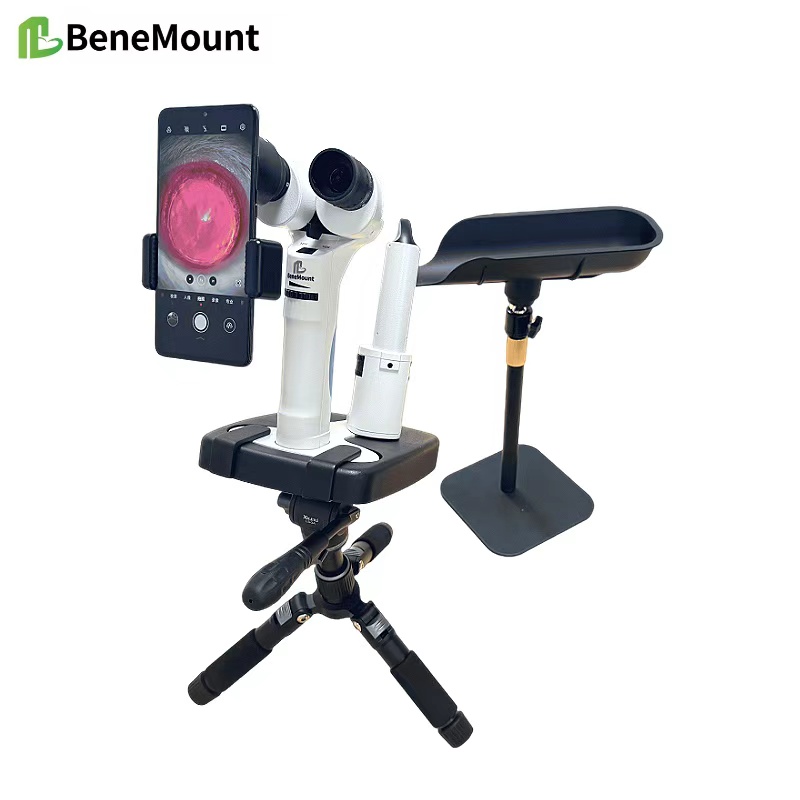Introduction
Slit-Lamp Examination in Animals offers unparalleled detail in the evaluation of anterior ocular disease. By combining magnification and controlled illumination, the slit lamp allows veterinarians to detect pathologies that would otherwise remain hidden during gross inspection. Early recognition of corneal, anterior chamber, iris, and lens disease often depends on careful biomicroscopy.
Corneal Ulcers and Edema
The cornea is one of the most frequent sites of pathology in dogs and cats. Slit-lamp inspection reveals epithelial loss, stromal thinning, and endothelial dysfunction with great precision. A narrow beam highlights the depth of an ulcer, while diffuse light demonstrates the extent of edema. Subtle punctate erosions or keratic precipitates become visible when examined with retroillumination. Identifying these changes early helps guide medical therapy or surgical intervention.
Uveitis and Anterior Chamber Changes
Inflammation of the uveal tract presents with a wide range of subtle signs. Slit-lamp biomicroscopy reveals aqueous flare, hyphema, or inflammatory cell deposits that may be missed in routine examination. Detecting mild uveitis at an early stage is vital, as untreated inflammation can lead to cataract formation, secondary glaucoma, or retinal damage. Measurement of anterior chamber depth further assists in diagnosing lens instability or predisposition to angle-closure.
Iris and Pupillary Abnormalities
Changes in iris texture, vascularity, or pigmentation are often first noted with slit-lamp biomicroscopy. Nodular lesions may represent granulomatous uveitis, while diffuse thickening can suggest neoplastic infiltration. In cats, subtle melanocytic changes may indicate early iris melanoma. Careful documentation of these findings allows clinicians to monitor progression and determine when surgical referral is necessary.
Lens Opacities and Cataracts
Slit-lamp inspection provides the most reliable method for identifying early lens changes. Incipient cataracts, nuclear sclerosis, and posterior capsular defects are clearly distinguished when illuminated by a narrow beam. Retroillumination enhances the visibility of cortical opacities and posterior subcapsular cataracts. These observations not only confirm diagnosis but also inform prognosis and surgical planning.
Clinical Significance
The slit lamp is indispensable for recognizing ocular disease at its earliest and most treatable stages. By revealing ulcers, uveitis, iris changes, and cataracts before they cause irreversible vision loss, the examination supports better outcomes for animal patients. When performed regularly, slit-lamp inspection also allows veterinarians to monitor treatment efficacy and disease progression with objective precision.
Conclusion
Many of the most important ocular pathologies in veterinary practice are first recognized through careful use of the slit lamp. The diagnostic power of Slit-Lamp Examination in Animals lies in its ability to detect subtle changes that determine prognosis and guide therapy.




